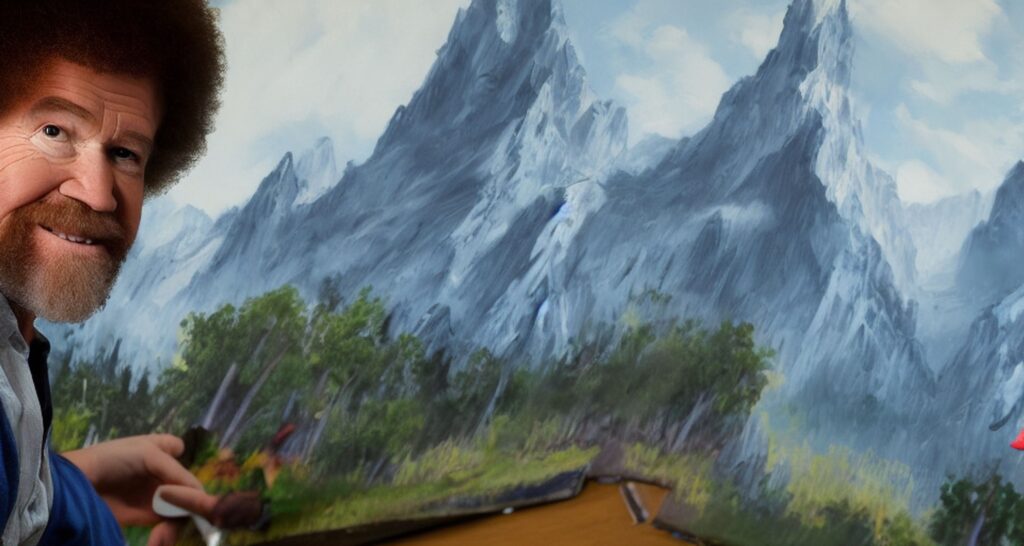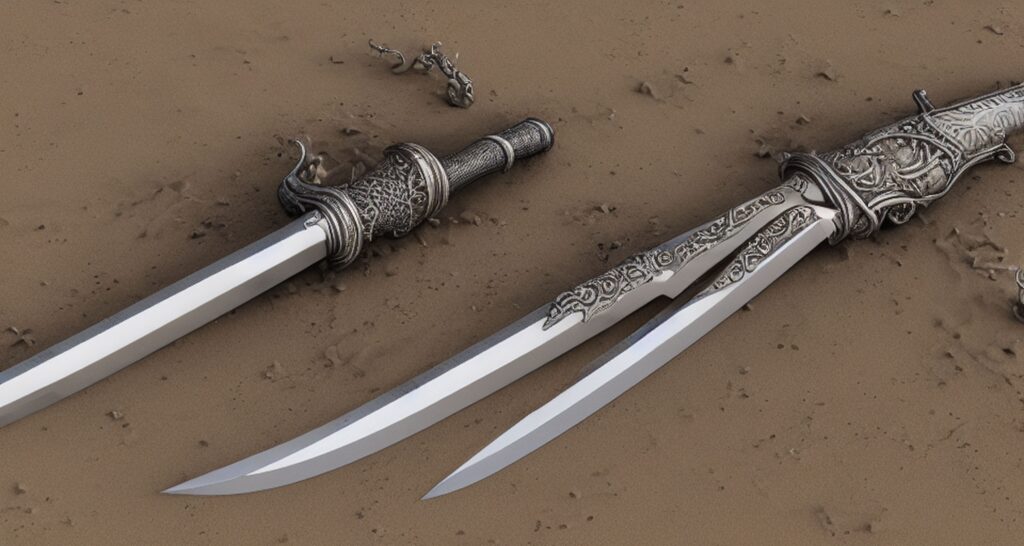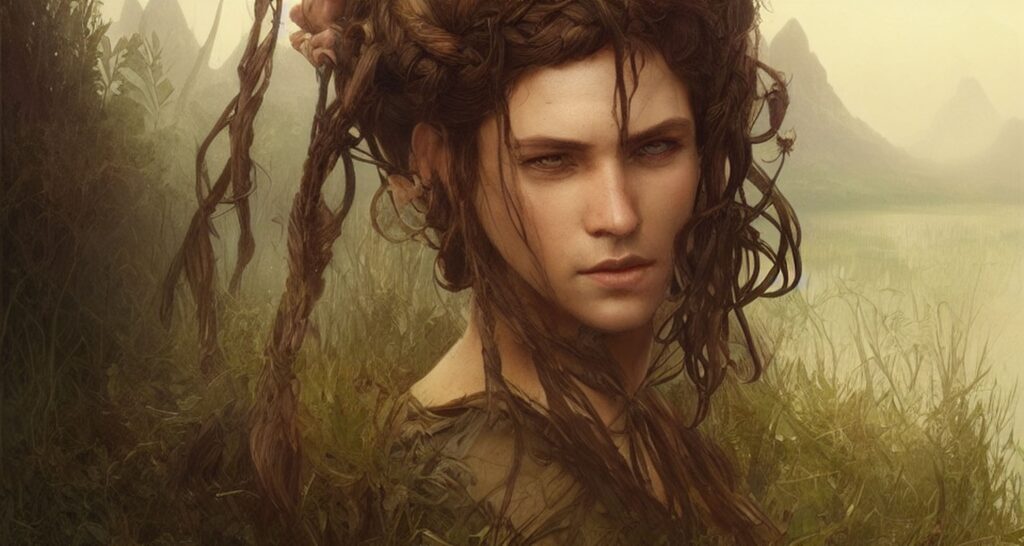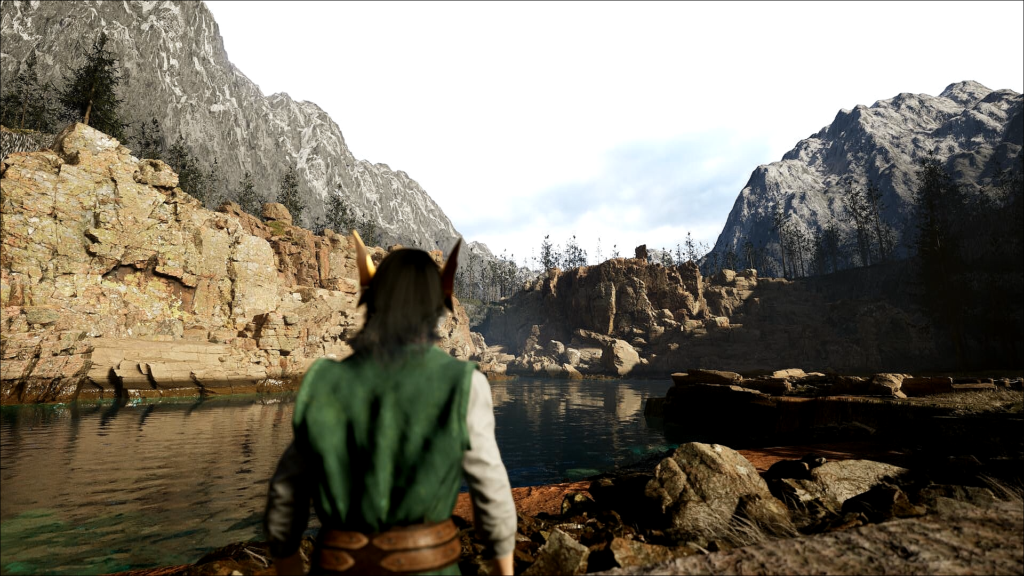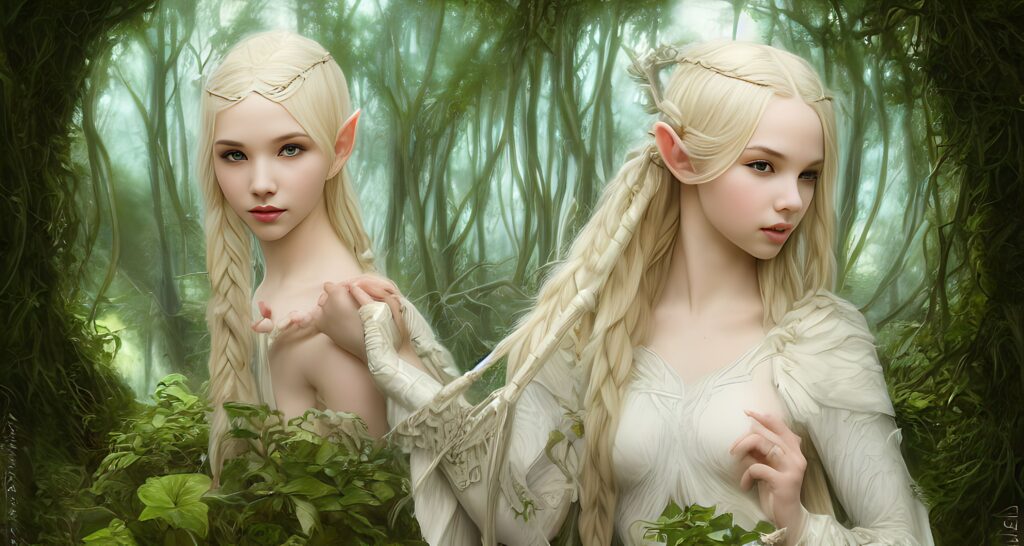
When we think of races in fantasy works, we tend to default to the typical ones such as elves, dwarves, and humans. However, there are many different races in fantasy works. In this article, we will introduce some of the more unusual races that appear in fantasy works. From plant-like creatures to sentient beasts, there is no shortage of imagination when it comes to creating new species in the world of fantasy. So let us introduce some of the most interesting species created by writers.
This article was generated by giving keywords to artificial intelligence as a resource for creative writing. Please read it as a fiction. The illustrations are also created by artificial intelligence.
1. Tolkien’s “The Lord of the Rings” features a variety of races, including humans, elves, dwarves, and hobbits.
J.R.R. Tolkien’s epic high fantasy novel “The Lord of the Rings” is known for its colorful characters and imaginative worldview. It features a variety of races, including elves, dwarves, and hobbits. Each race brings its own unique perspective and values to the battle against the forces of evil that threaten the known world. For example, brave dwarves are known for their stoicism and resilience to adversity, while humans bring a variety of skills and fighting styles to the table. Cunning elves possess beauty, grace, and superior magical powers, while friendly hobbits display an innocent and optimistic nature, even when danger mounts during their journeys. By vividly portraying these different races, Tolkien conjures up a multifaceted universe in which different groups of people unite for a common purpose. Such depictions deepen our understanding and awareness of diversity and teach us that cooperation is essential for survival, even between very different cultures.
2. Mixture of humans and monsters also exists.
The union of humans and monsters has a very long and varied history in folklore and mythology. There are many well-known examples from around the world, including half-breeds, minotaurs, and hybrid monsters such as Bigfoot and the chupacabra. Even today, reports of hybrids are credibly reported in some corners of the world. Many cultures have used hybrid creatures as symbols of strength and power in their belief systems. Legends from around the world suggest that humanity and various monstrous creatures may cooperate for the greater good. Interestingly, despite suspicions that the blood of two different species can mix, evidence suggests that fusion is possible in some cases with careful consideration of environmental factors and technologies on both sides. Thus, while some degree of caution is required when humans and monsters are involved, opportunities for successful collaboration do exist if the beginning is peaceful. In short, chimeric creatures of human-beast amalgam exist in many stories, but it is undeniable that not all hybrids pose a universal danger, and some may be beneficial to both parties, seeking healing from each other’s strengths. There are also human-monster hybrids, which are not to be taken lightly and have the potential to open the way for cooperation, harmony, and even understanding between different species.
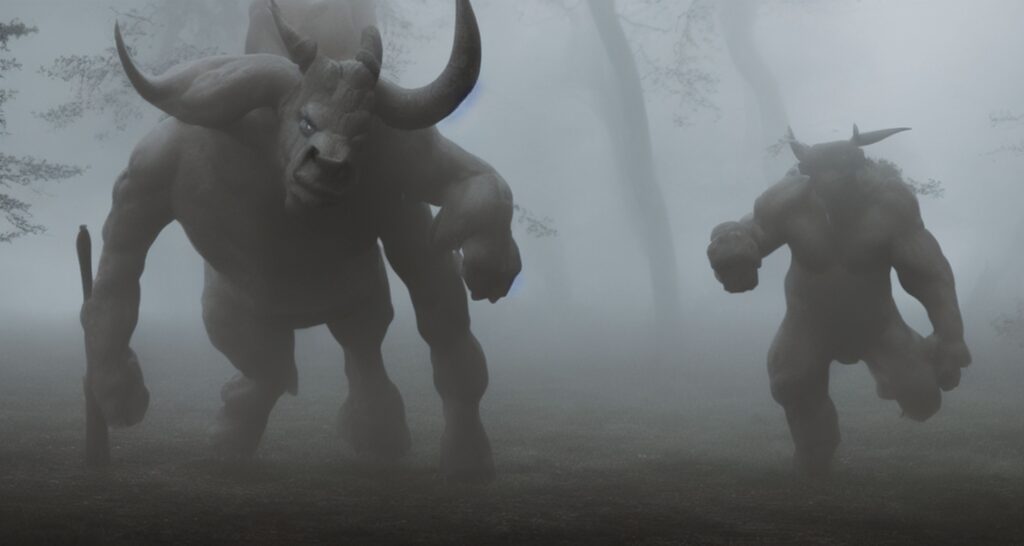
3. Terry Pratchett’s “Discworld” series features non-human species such as trolls, goblins, vampires, and werewolves.
Terry Pratchett’s “Discworld” series is one of the best-loved fantasy works in the genre, with its lively characters, unexpected twists, and engaging worldview. A distinctive feature of this fantasy is the inclusion of non-human species. Trolls, goblins, vampires, werewolves, and many other creatures that readers love to read about. What is even more impressive in Pratchett’s work is the respect and care he gives to these species. What is even more impressive in Pratchett’s work is the respect and care he gives to these creatures. In doing so, Pratchett has brought to life a truly inspiring fantasy world that readers can continue to explore for years to come. The non-human characters give the series a depth and diversity not seen before. Through their distinctive qualities and engaging personalities, they help create a multifaceted world that will captivate readers for generations to come.
In Terry Pratchett’s Discworld series, nonhuman species such as trolls, goblins, vampires, and werewolves are fascinating because they express their humanity through their own perspectives, highlighting important themes throughout the story.” By delving into different perspectives on important themes such as morality and identity that are often absent from our reality, Pratchett ensures that his books are just as important today as they were when they first hit the shelves decades ago. Colorful illustrations and clever wordplay make his stories more exciting than they appear. Of course, everything needs a challenge. For this reason, these “moe-moe” characters are
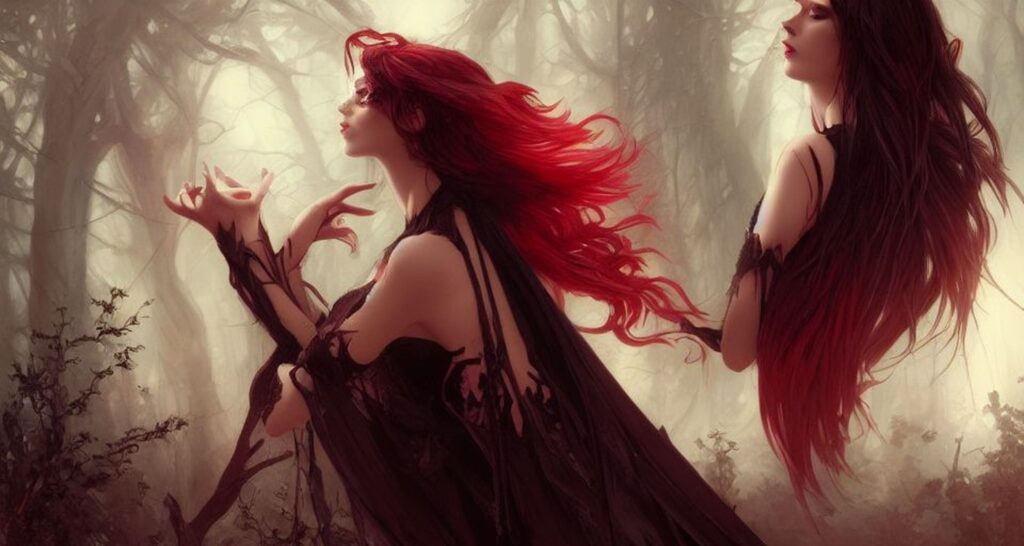
4. J.K. Rowling’s Harry Potter series also includes non-human magical creatures such as giants, centaurs, merpeople, and house elves.
J.K. Rowling’s Harry Potter series is beloved not only for its main characters, but also for its wonderful magical creatures. From giants to fairies, these imaginative creatures bring the stories to life. Readers can easily imagine centaurs galloping along forest paths and merpeople swimming gracefully in the waves of deep lakes. All of the creatures contribute greatly to Potter’s world, helping to drive Rowling’s compelling plot and character development. The house elves, in particular, are used to express themes of freedom, social responsibility, and loyalty. The giants, on the other hand, appear as antagonistic forces causing destruction and chaos in the wizarding world. The array of non-human magical creatures in Harry Potter speaks to J.K. Rowling’s extraordinary imagination and makes her fantasy series fascinating and unique.
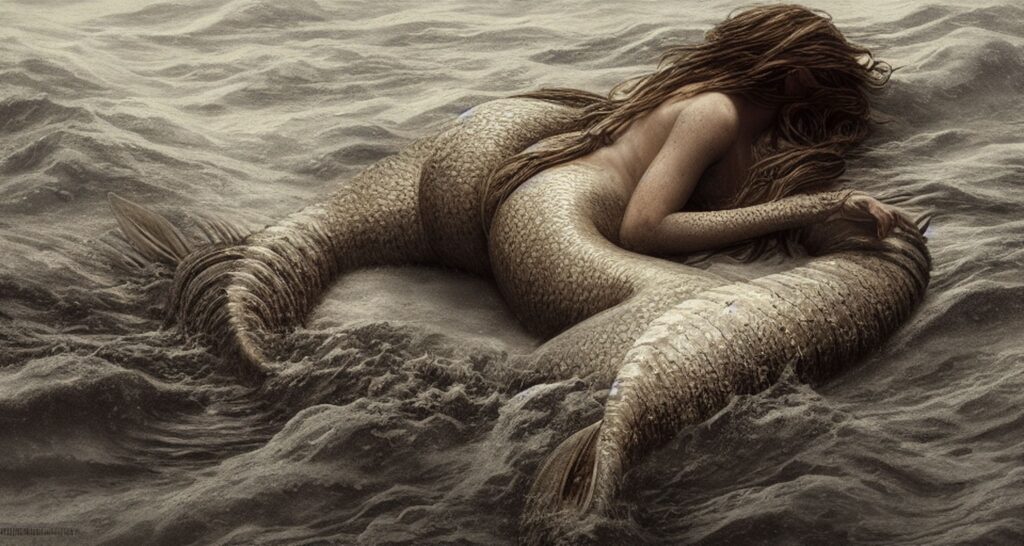
5. C. S. Lewis’s “The Chronicles of Narnia” features talking animals and mythical creatures such as fauns, dryads, satyrs, and minotaurs.
For generations, C.S. Lewis’s Chronicles of Narnia have captivated readers, creating a magical and exciting world of talking animals, mythical creatures, and rich adventure. This engaging fantasy series touches on a variety of themes, including faith, courage, wisdom, and friendship. Readers are introduced to characters from a variety of mythological races, including fauns, dryads, satyrs, minotaurs, and more, as they enter the world of the story. These races, despite being outside the bounds of conventional reality, often keep the story moving along at a lightening pace. The faithful dwarf, the powerful unicorn, and the mysterious centaur are awe-inspiring and empowering beings in every adventure, and readers marvel at their noble and sometimes dangerous nature. The talking animals are an integral part of this series. Aslan the Lion is one of the most iconic characters in literature, both a symbol of justice and mercy and a call for readers to make wise choices in the fantastic land of Narnia. Each character’s voice is an integral part of the amazing journey that C.S. Lewis has created through his beloved book. The combination of talking animals and mythical creatures is undoubtedly the reason The Chronicles of Narnia has been so popular with readers of all ages and interests. In other words, Lewis’s works are not merely stories to be enjoyed, but explorations of mythology itself through the medium of literature, and they continue to resonate with readers today as they did when they were first published.
Tolkien’s “Lord of the Rings” and Terry Pratchett’s “Discworld” series feature a variety of races, including humans, elves, dwarves, and hobbits. However, whereas Tolkien features human-monster hybrids such as orcs and trolls, Pratchett features non-human races such as trolls, goblins, vampires, and werewolves.
-J.K. Rowling’s “Harry Potter” series also features non-human magical creatures such as giants, centaurs, merpeople, and house elves. Lewis’s “Chronicles of Narnia” features talking and mythical creatures such as fauns, dryads, satyrs, and minotaurs.
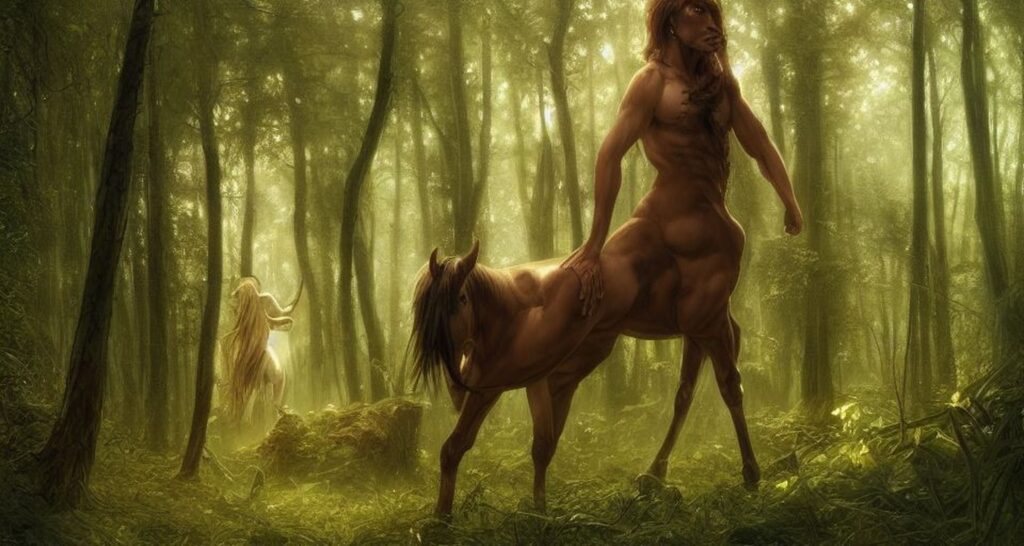
All of these writers explore the concept of otherness by creating species that are different from humanity. This allows readers to explore what it is like to live in a world where people look and behave differently from themselves. Not only do these works help us to move beyond our own experiences and deepen our understanding of other cultures and worlds, but they also encourage us to think about how we would treat others if we were face to face with them.

